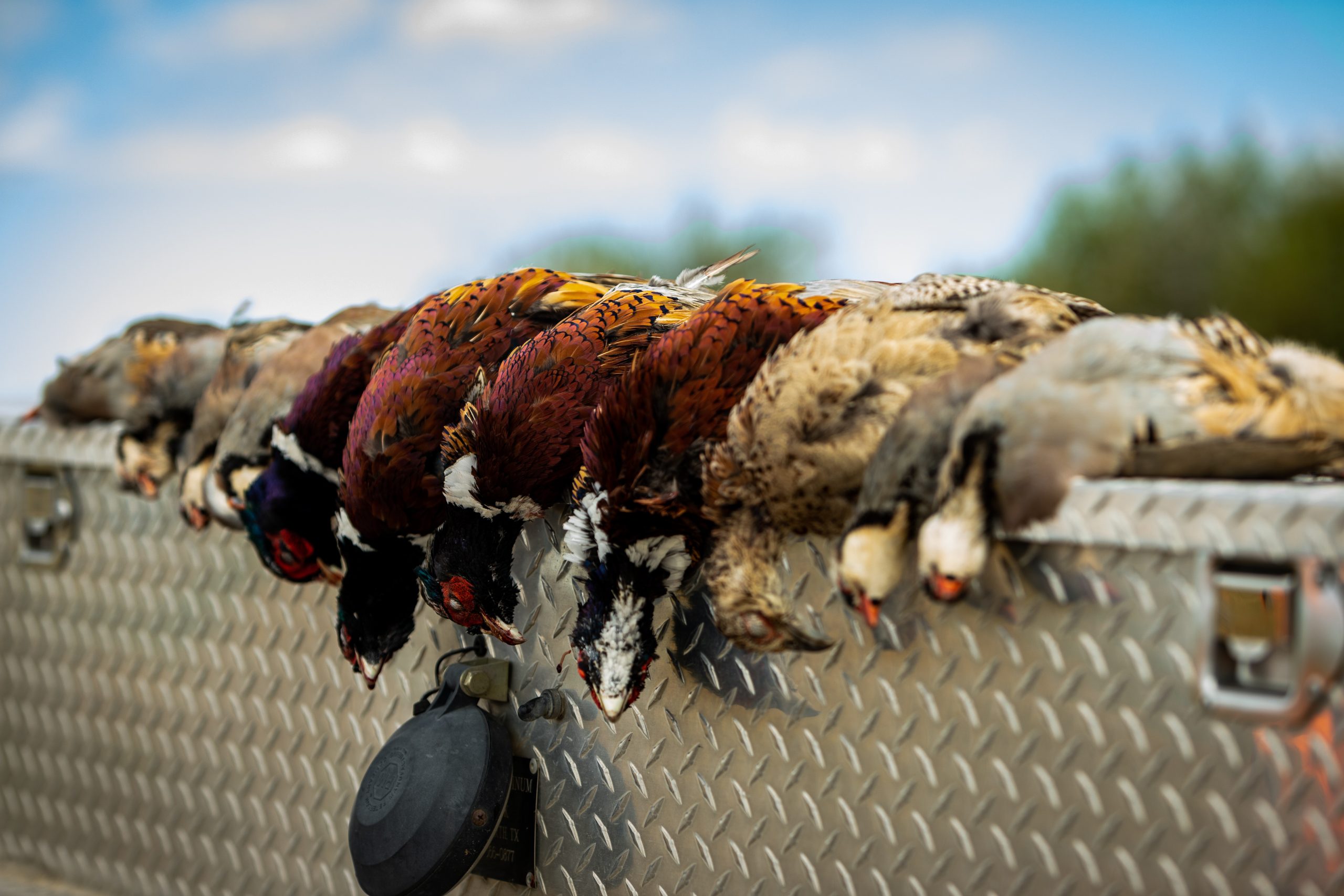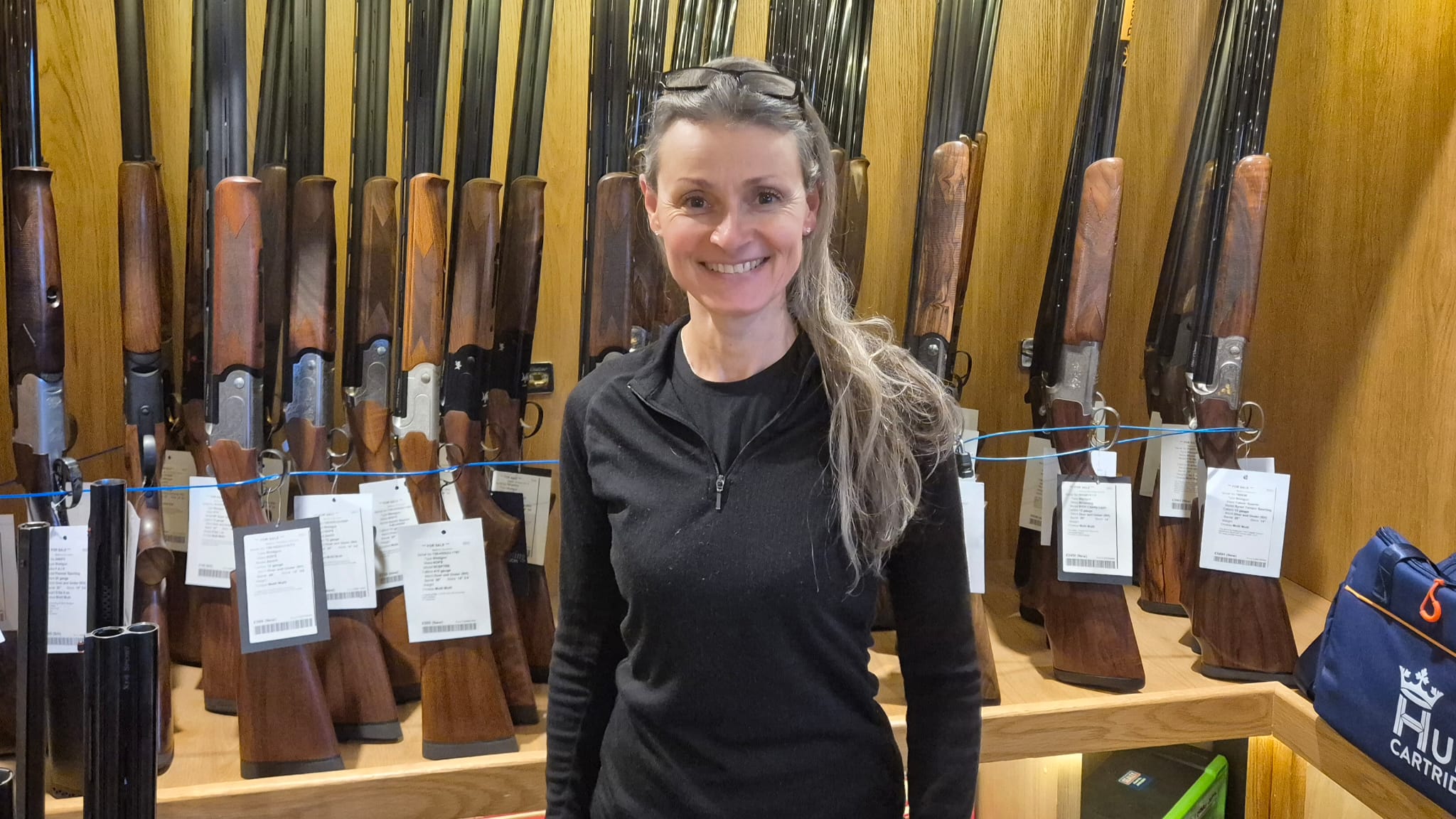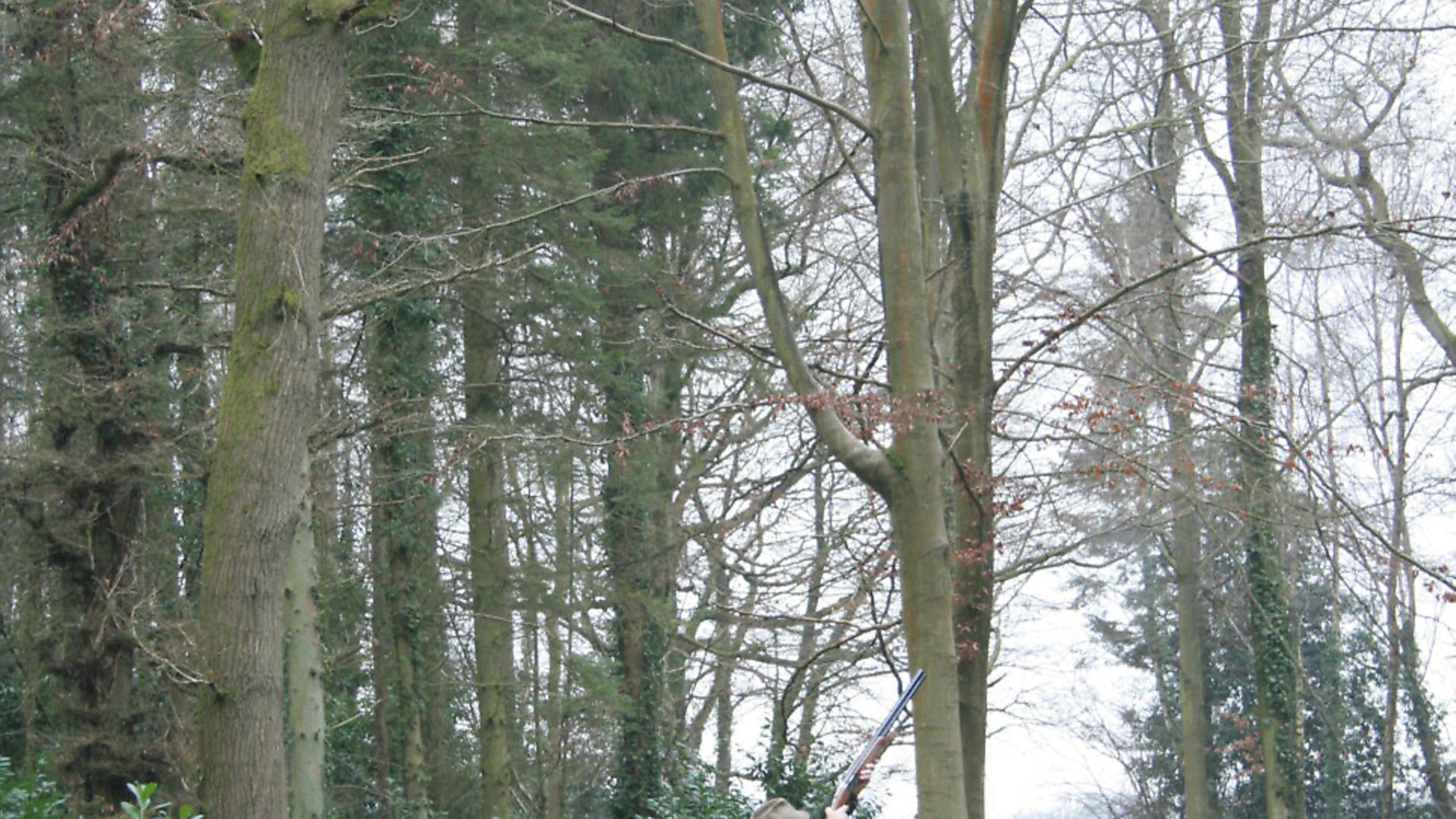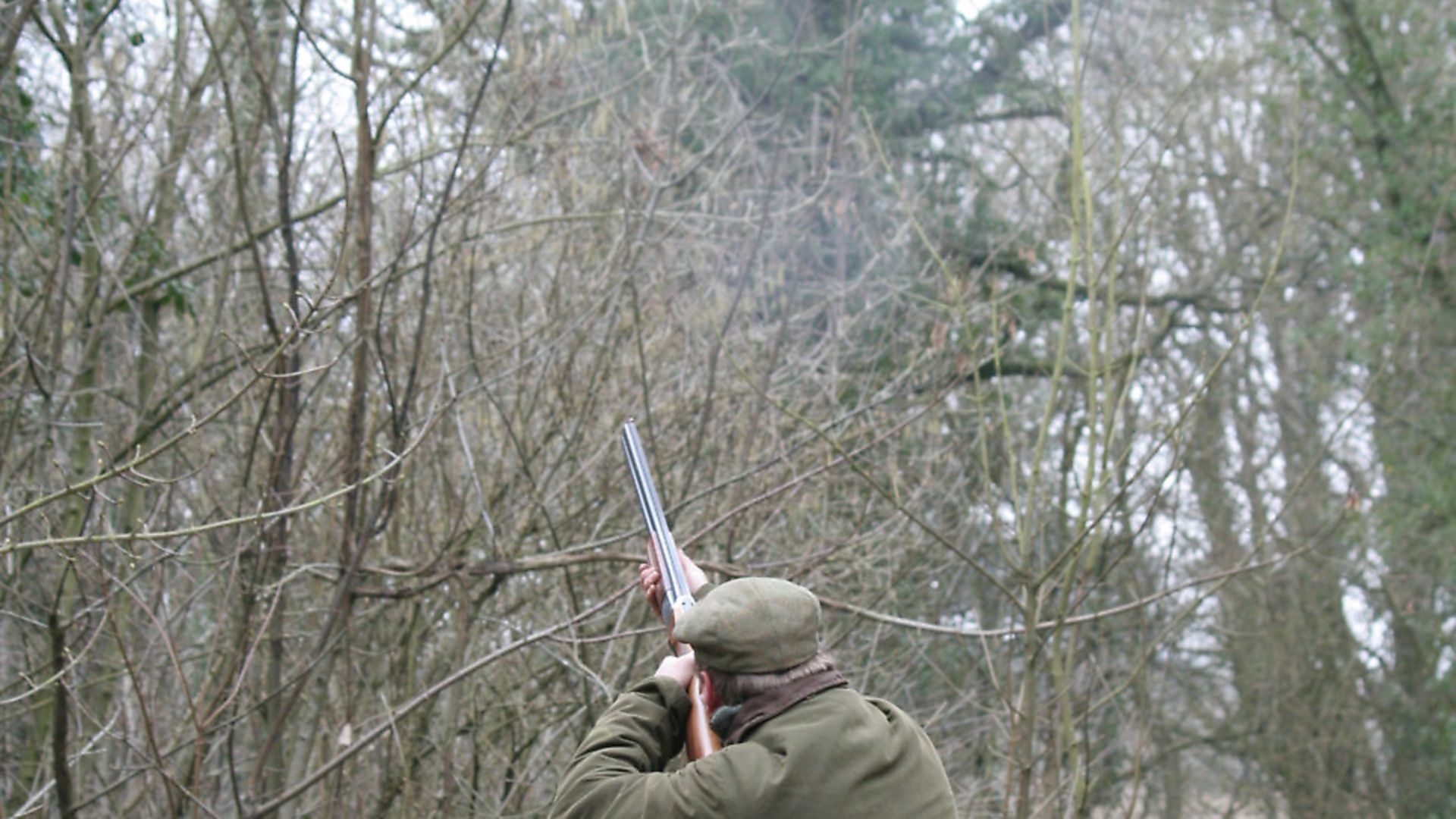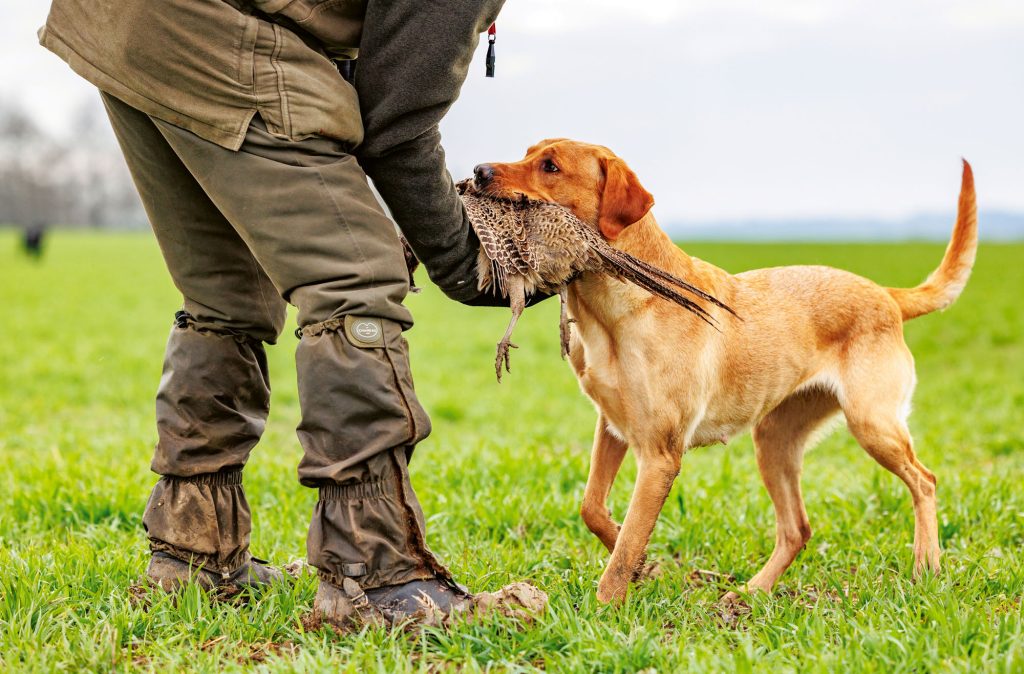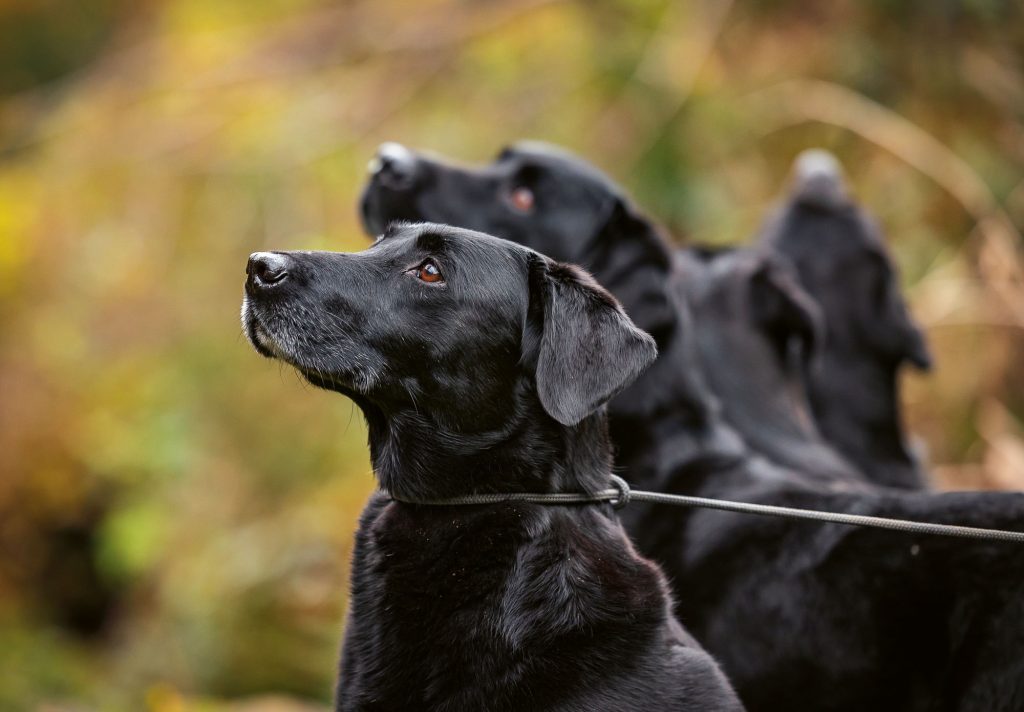Woodcock population in crisis – what can I do?
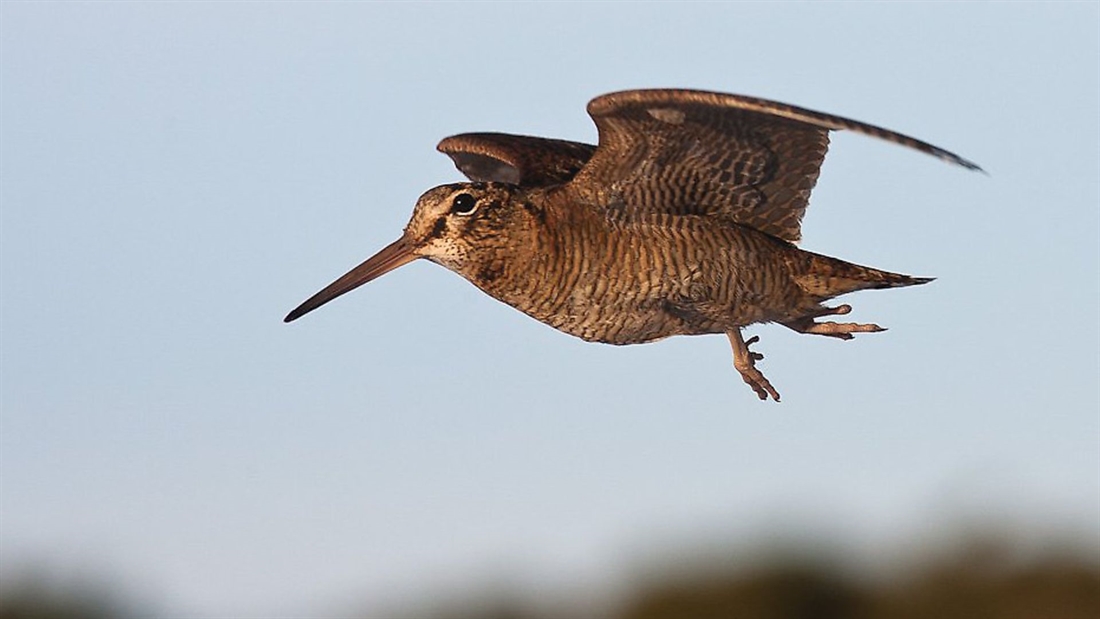
Our resident woodcock numbers are dwindling and, as responsible shooters, we know you will want to do what you can to halt that decline. Mike Swan tells us what we can do to help
n a new handy pocket guide for sportsmen and women, the Game and Wildlife Conservation Trust (GWCT) has called for restraint over woodcock shooting from this season onwards. This is due to concerns that shooting pressure may be a factor in the decline of our resident birds.
Our home breeding population has suffered a range contraction of 56% since 1970, and breeding surveys between 2003 and 2013 showed an estimated 29% decline over that decade. Owing to the scale of this, the woodcock was moved to red status on the UK’s Birds of Conservation Concern list in December 2015.
Reasons for the decline
It should be said, however, that there is no indication of any decline in the numbers of migrants that visit each winter. While there are annual fluctuations, partly driven by the severity of weather, an estimated 800,000 to 1.3 million woodcock come each year. These birds are the main contributor to the annual bag, providing over 95% of what we shoot.
The GWCT has been at the forefront of woodcock research for the past 40 years, from early radio-tracking studies to modern satellite tagging. This has given us a unique insight into these fascinating and iconic birds. From the habitat requirements of those that nest here, to the migration patterns of winter visitors, we have amassed a huge body of information, but we are still not clear on the causes of the decline in resident birds.
There is no evidence that shooting is having a harmful effect, although this cannot be ruled out. There are many other possible causes too, of which a changing woodland environment is likely to be one. The post-WWII programme of planting provided masses of thicket-stage woodland, perfect woodcock breeding habitat, and the population peaked in the 1960s and 70s. These woods have now matured, and many are no longer so good for nesting or rearing chicks. In addition, ever-growing deer numbers, particularly the herding species like fallow, are browsing out the herb and shrub layers that make cover for woodcock. Add in the growing pressure from increasing numbers of ground predators such as foxes and badgers and the decline becomes less surprising.
What can we do to help?
So, what can we as sportsmen do? Well, habitat work is a good place to start. Opening up the woodland canopy lets more light to the floor and encourages the herb and shrub layers that are vital cover for woodcock in summer and winter alike. Each wood varies, but a combination of thinning, skylighting and coppicing will surely make a difference. Woodcock also use rides and clearings to fly in and out of woodland, so the widening and scalloping of rides – and even the creation of new clearings – can draw in birds that would have ignored a wood with a closed canopy.
Given good habitat, it would be a pity indeed if predation pressure held the woodcock in check. Being ground nesters, they are vulnerable to foxes, while crows are likely nest predators too. A spring predation control programme will surely help them, and you are likely to be rewarded with a few extra pheasants too.
The next part of the story is in restraint over shooting. I love my woodcock, both for the sport they provide, and two or three delicious midwinter suppers, so I’m not suggesting none should be shot. However, early season shooting before the migrants arrive is likely to hit home-bred birds disproportionately hard.
This is why the GWCT is suggesting we wait until the beginning of December before we shoot. Also, GWCT research has shown that our winter birds are remarkably site-faithful from year to year, so if you shoot too hard you will hit your own breeding stock and risk breaking your migratory link, even though they may breed thousands of kilometres away.
So, please read and act on the GWCT guidelines – these wonderful birds deserve nothing less.
If you would like to know more about woodcock, support the GWCT’s research, or even sponsor a woodcock and receive regular updates on its movement, please go to www.gwct.org.uk/research/species/birds/woodcock/ n

